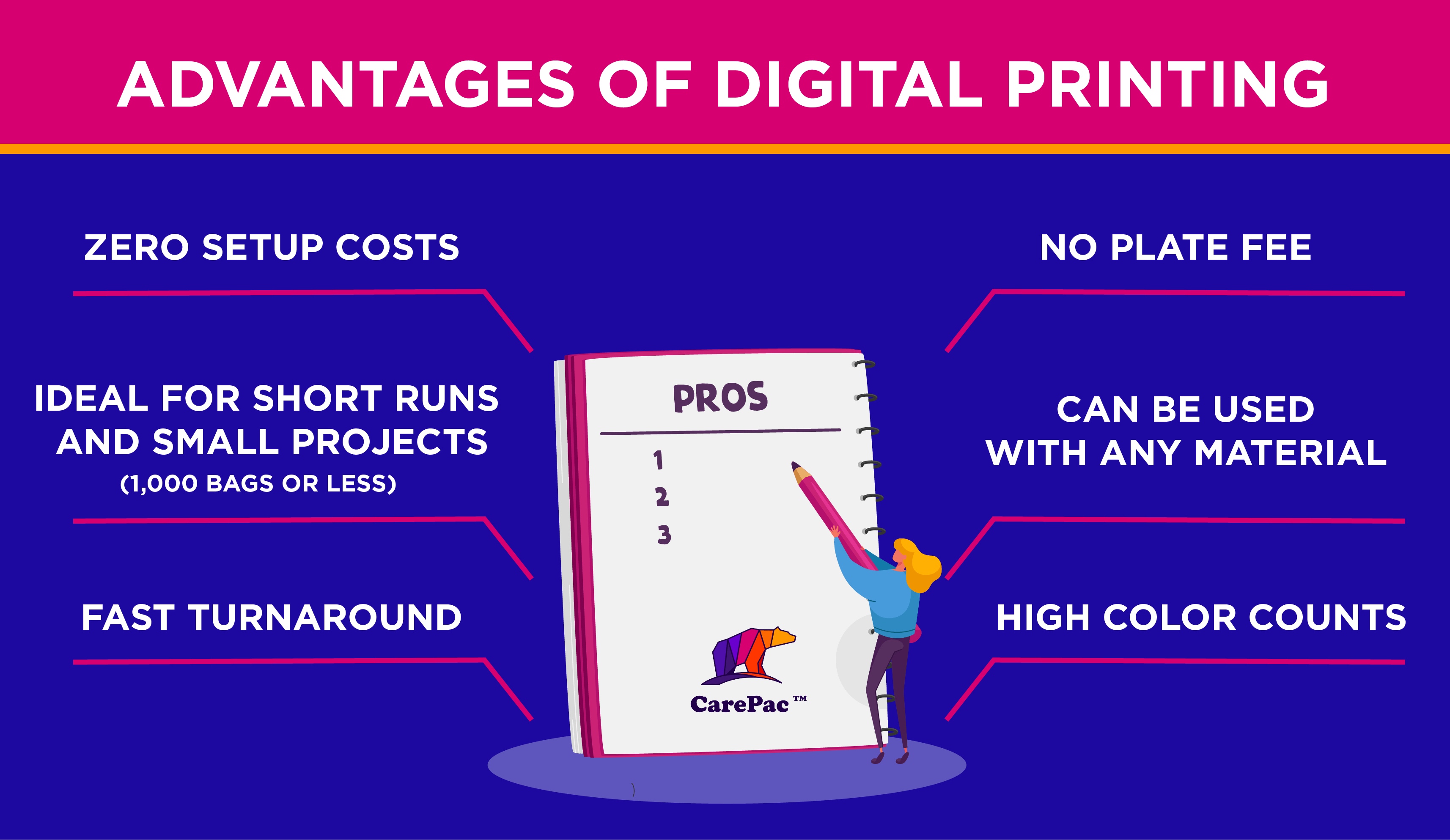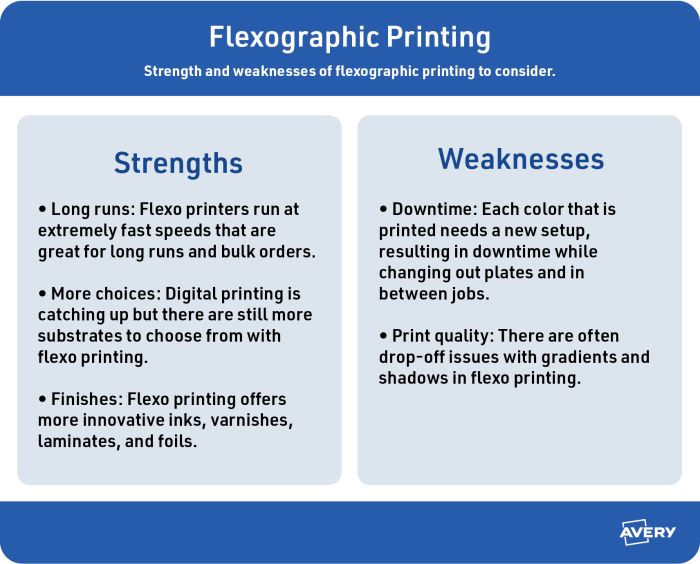5 Easy Facts About Digital Printing Described
5 Easy Facts About Digital Printing Described
Blog Article
See This Report about Digital Printing
Table of ContentsThe Only Guide for Digital PrintingFacts About Digital Printing UncoveredDigital Printing - QuestionsThe Facts About Digital Printing RevealedThe smart Trick of Digital Printing That Nobody is Discussing
Unlike conventional offset printing, which depends on mechanical processes, digital printing makes use of sophisticated technology to generate high-grade prints. Among the vital benefits of digital printing is its. Advanced color monitoring systems make sure that the desired hues are duplicated with precision. Whether it's a specific color of blue for a logo or a slope of colors for an advertising brochure, electronic printers stand out at accurately reproducing these shades.The liquid ink or toner adheres evenly to the paper surface area, leading to vivid and true-to-life shades. Consistency is another considerable benefit provided by digital printing. Unlike balanced out printing, where variations can take place because of elements like plate wear and ink density changes, electronic printers constantly supply top quality prints from the very first page to the last.
Electronic printing enables for higher versatility in terms of personalization and personalization. With variable data printing capabilities, each printed item can be customized individually with unique message, images, or designs without giving up high quality. Digital Printing. This level of personalization opens up brand-new possibilities for targeted marketing campaigns and personalized communication with clients

The 20-Second Trick For Digital Printing
With digital printing, each print is produced independently based on need. This eliminates the demand for too much prints and lowers wastage significantly. By only producing what is essential, resources such as paper and ink are saved, making electronic printing an extra lasting alternative. Traditional offset printing needs comprehensive setup time before production can start.
These procedures consume both time and energy sources. In comparison, digital printing has minimal setup requirements. The procedure includes transferring electronic data straight to the printer without the requirement for plate preparation or color changes. Consequently, less power is taken in during configuration, reducing ecological effect. Because electronic printers do not need lengthy warm-up times like their offset equivalents do, they take in much less electrical energy in general.
Digital printers utilize eco-friendly inks and toners that have lower levels of unpredictable organic substances (VOCs) contrasted to conventional countered inks. VOCs are chemicals that contribute to air contamination when released right into the ambience. In addition to having reduced VOC web content, many electronic printers also utilize water-based inks rather of oil-based ones found in balanced out printers.
10 Easy Facts About Digital Printing Shown
Making use of eco-friendly inks and toners in digital printing makes sure that the printing procedure has actually a lowered influence on air top quality and advertises a much healthier working environment for printers and print shop employees. Finally, digital printing offers numerous advantages over conventional balanced out printing (Digital Printing). It is a cost-efficient remedy that permits organizations to conserve cash on printing expenditures
The faster turn-around times given by electronic printing provide companies the chance to meet tight deadlines and respond promptly to market needs. One of the essential benefits of electronic printing is its improved flexibility and customization options. This permits services to find out this here tailor their published products according to their one-of-a-kind demands and preferences.
A: Digital printing offers faster turn-around times considering that it needs minimal setup and prep work compared to balance out printers. A: Yes! Digital printers offer excellent photo high quality with accurate shade reproduction, ensuring professional-looking prints every single time. A: Yes, digital printing is much more environmentally friendly than offset printing as it minimizes waste and eliminates the demand for chemicals typically used in standard methods.
Embrace the advantages of electronic printing today and unlock its potential to boost your marketing efforts. Keep in mind: The over conclusion area has actually been composed adhering to the given guidelines for a specialist verdict on digital printing presses. Please note that some asked for writing styles, such as jargon, expressions, or colloquial language, might not be ideal in this context.
Rumored Buzz on Digital Printing
Offset and electronic printing are both most noticeable printing approaches for layout tasks. The differences in between them are wide-ranging, from adaptability and waste to the expense proportion of longer or much shorter production runs. Traditional balanced out printing and electronic printing are useful methods, each has advantages and drawbacks. Choosing the far better printing procedure will ultimately rely on your job's specific demands.

Although the equipment's set up costs are high originally, additional units become reasonably less pricey as the quantity increases. Offset printing permits a vast array of print materials to be made use of during manufacturing. It permits the printer to utilize different paper types, personalized finishes, and various inks. The top notch photos created via offset printing make it the favored approach, especially among visuals developers, when seeking straight from the source the biggest shade reproduction, detail, and professional-looking prints.
Everything about Digital Printing
The basic printing approach stays balanced out. For electronic inkjet printing, ink is moved straight onto the surface area. Instead of counting on aluminum plates and rubber blankets to move a picture, digital printing uses liquid ink throughout manufacturing. Standard home inkjet printers are among the most typical digital printing methods.

Report this page